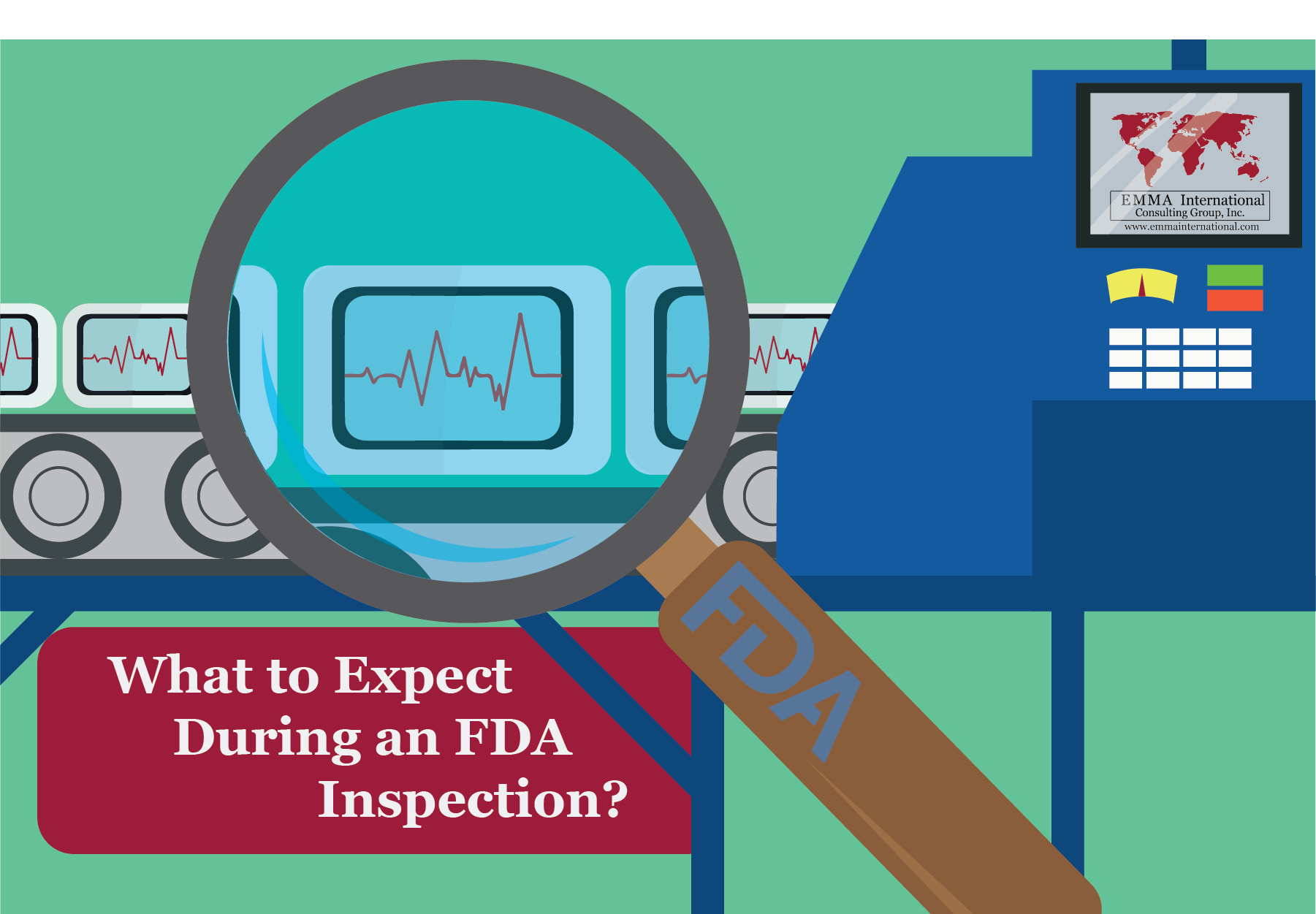Every medical device manufacturer in the US should expect FDA to conduct an inspection at some point, but what exactly does that entail? As a device manufacturer, you know you are expected to maintain a detailed QMS, implement design controls, and keep robust technical files, but what happens when the FDA shows up asking for proof of compliance? As daunting as inspections can feel, understanding how they flow and what to expect out of them can make the whole process go much smoother.
There are a couple of different reasons why the FDA may show up to do an inspection but more than likely they will come to your firm to do a routine quality system inspection. For these routine inspections, the FDA may call 5 days prior to preannounce their arrival and request documents to review ahead of time; it is important to note though that they are not legally obligated to preannounce, so they also reserve the right for “surprise” routine inspections.1 Prior to the arrival is the time for you to coordinate all the necessary resources for inspection; make sure you have proper staffing for the inspection, retrieve documents, review procedures, open/close CAPAs, etc. Once the FDA investigator arrives you will want to have a top management official identified as the representative during the inspection. Most of the time this will be the Quality Manager since you want your representative to understand the regulations as well as your specific quality system.
Once the auditor arrives and the opening meeting is complete the heavy part of the inspection will begin. All FDA inspectors are trained on the Quality Systems Inspection Technique (QSIT), which uses the “top-down” approach to audit procedures first then review records. The inspector will want to see your design controls, CAPA’s, production/process controls, and purchasing controls as a base cadence. The inspector will also want to be walked through your facility and potentially interview any relevant team members.2 While there is a general layout of what the inspector will want to see, every inspector is different and if he or she sees something particular they want to follow they will lead you down that path. At the end of the inspection there will be a close-out meeting where you will discuss any observations or discussion items and where the inspector will issue a Form 483, if necessary. The inspector will also walk you through the post-inspection process and requirements.
Proper inspection conduct is expected and important to understand. While it goes without saying, your management representative and team should do everything possible to facilitate an efficient inspection. Especially for people new to the industry who may have never been through an FDA inspection, it is important to prepare as much as possible and be ready for whenever the FDA comes. EMMA International has the resources to help your team prepare for FDA inspections and deal with any potential 483’s – contact us at 248-987-4497 or email info@emmainternational.com for more information!
1Neubauer (September 2015) FDA Medical Device Inspections retrieved on 9/30/2019 from https://www.fda.gov/media/94076/download
2FDA (August 1999) Guide To Inspections of Quality Systems retrieved on 09/30/2019 from https://www.fda.gov/media/76038/download





